Randy James - Why Cows Need Names: And More Secrets of Amish Farms
Here you can read online Randy James - Why Cows Need Names: And More Secrets of Amish Farms full text of the book (entire story) in english for free. Download pdf and epub, get meaning, cover and reviews about this ebook. year: 2013, publisher: The Kent State University Press, genre: Home and family. Description of the work, (preface) as well as reviews are available. Best literature library LitArk.com created for fans of good reading and offers a wide selection of genres:
Romance novel
Science fiction
Adventure
Detective
Science
History
Home and family
Prose
Art
Politics
Computer
Non-fiction
Religion
Business
Children
Humor
Choose a favorite category and find really read worthwhile books. Enjoy immersion in the world of imagination, feel the emotions of the characters or learn something new for yourself, make an fascinating discovery.
- Book:Why Cows Need Names: And More Secrets of Amish Farms
- Author:
- Publisher:The Kent State University Press
- Genre:
- Year:2013
- Rating:3 / 5
- Favourites:Add to favourites
- Your mark:
Why Cows Need Names: And More Secrets of Amish Farms: summary, description and annotation
We offer to read an annotation, description, summary or preface (depends on what the author of the book "Why Cows Need Names: And More Secrets of Amish Farms" wrote himself). If you haven't found the necessary information about the book — write in the comments, we will try to find it.
An inspiring glimpse into the struggles of a young Amish farm family
Agriculture continues to be the largest industry in the United States with over 2.2 million farms. Amazingly, well over 100,000 new small family farms have sprung up in the past few years . . . and almost no one noticed.
Why Cows Need Names follows one young Amish family as they dream about and then struggle to establish a profitable and quintessentially American small farm. The story starts with Eli Gingerichs first timid phone call to author Randy James, the county agricultural agent in Ohios Geauga Amish Settlementthe fourth-largest Amish settlement in the worldand traces the familys progress over the next five years. Through gentle dialogue and true stories, James captures the challenges of creating a simple business plan that will lead to the familys radiant success or dismal failure. As the narrative unfolds, readers get a rare glimpse into what its like to work in the fields with draft horses; in the barn with cows, calves, children, and Chip the family dog; or to sit at the table talking with family and friends over a noontime meal. A picture emerges of how quietly living a shared goal and doing without during hard times can strengthen families and provide an appreciation for what is truly important in life.
In addition to the business aspects and day-to-day farm activities, James interweaves commentary on our complex relationships with animals. The stark differences in the way animals are treated and valued in agribusinesses versus on small family farms is a recurring theme, as is debunking the myth that bigger is always better in American agriculture.
Surrounded by a factory-farm world, the Gingerich family employs a business model that flatly rejects the dogma of economies of scale and instead focuses on the diversity, flexibility, and efficiency that only a small family farm can capture. Why Cows Need Names provides a partial roadmap, not only for other small farms but for the many thousands of family businesses that are created each year and largely ignored in our national psyche. It will appeal to anyone interested in business management, our food supply, animal welfare, and Amish family life.
Randy James: author's other books
Who wrote Why Cows Need Names: And More Secrets of Amish Farms? Find out the surname, the name of the author of the book and a list of all author's works by series.

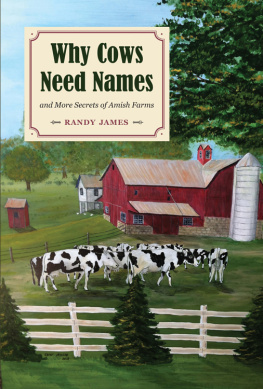


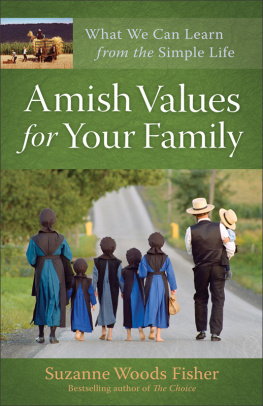

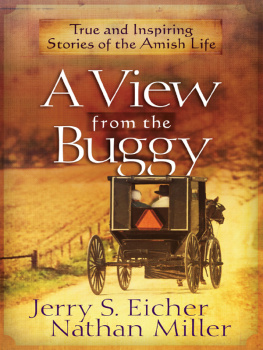

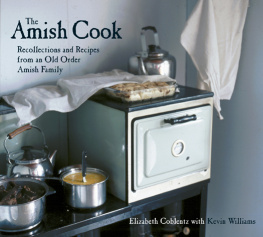
![Beverly M Lewis] - The Beverly Lewis Amish Heritage Cookbook](/uploads/posts/book/96304/thumbs/beverly-m-lewis-the-beverly-lewis-amish-heritage.jpg)
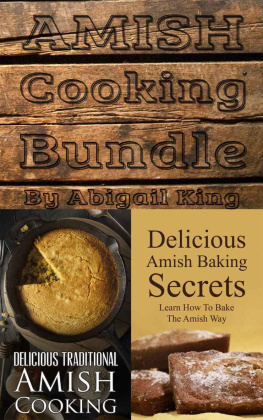
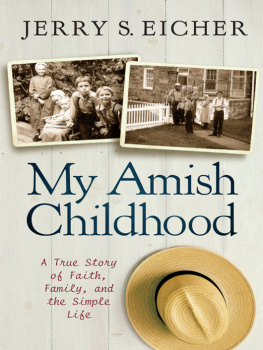


 BLACK SQUIRREL BOOKS
BLACK SQUIRREL BOOKS